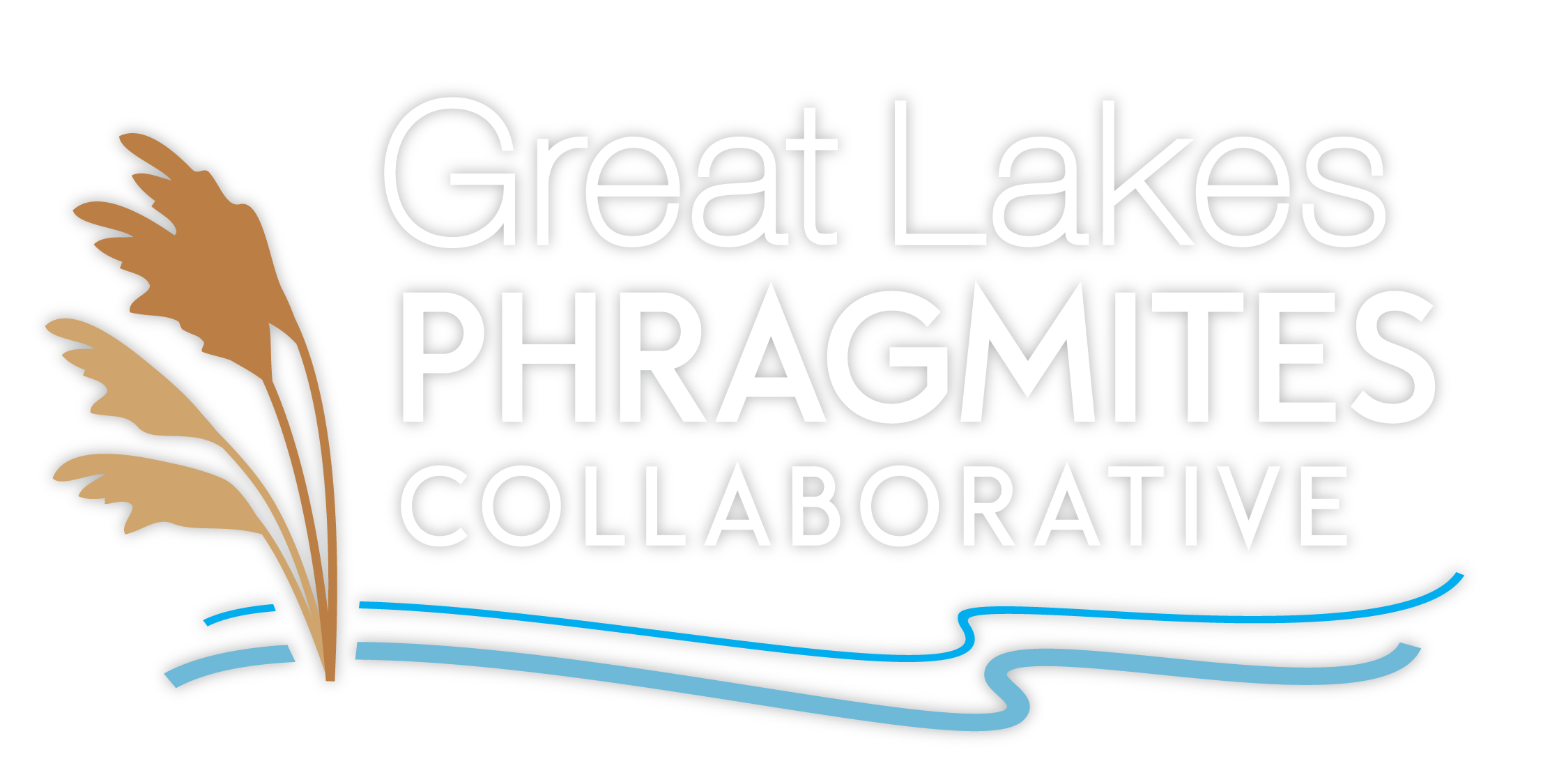Michigan invasive plant stakeholders hold autumn meeting
Great Lakes Commission November 11, 2016 This week was the bi-annual meeting of the Michigan Invasive Plant Collaborative, held in Okemos, Michigan. Attendees included representatives from academic institutions, Cooperative Invasive Species Management Areas (CISMAs),... Continue Reading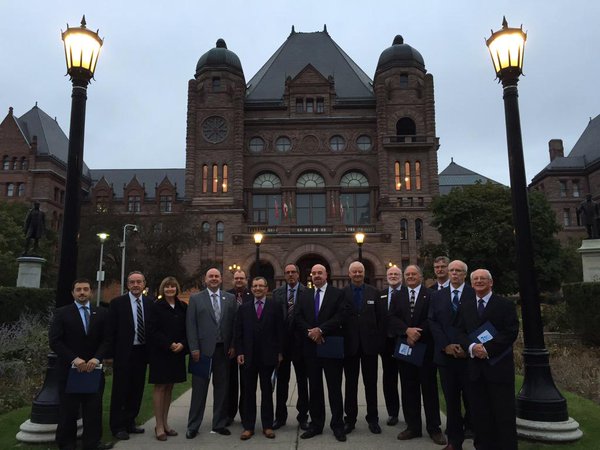
Great Lakes and St. Lawrence mayors pass resolution on Phragmites
Great Lakes Commission Oct 21, 2016 Mayors of cities along the Great Lakes and St. Lawrence Seaway have passed a resolution identifying non-native Phragmites as a key threat to the ecology and economy of the region, and urged their respective governments to take... Continue ReadingFiled under: Governance; Great Lakes and St. Lawrence Cities Initiative;
Welcome Karen Alexander to the GLPC team!
This week we’re happy to welcome Karen Alexander to the Great Lakes Phragmites Collaborative team! Karen will be based out of the Great Lakes Commission and will be working on the Phragmites Adaptive Management Framework (PAMF). In particular, Karen will be... Continue ReadingFiled under: GLPC Team
Charter points the way forward for the Great Lakes Phragmites Collaborative
Sept 28, 2016 Elaine Ferrier – Great Lakes Commission With the approval of an official Charter, the Great Lakes Phragmites Collaborative is moving forward on managing non-native Phragmites in the Great Lakes basin. The Charter establishes the following vision... Continue ReadingFiled under: Collective Impact; Charter; Advisory Committee
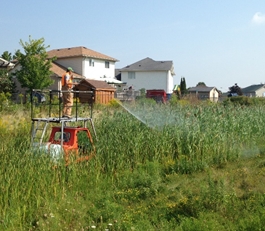
Phragmites-free by 2020 in St. Thomas, Ontario
August 31, 2016 David Collins – Chair, City of St. Thomas Phragmites Control Committee The City of St. Thomas’ plan to be “Phrag Free by 2020” sure didn’t start out that way and definitely not with that objective. It all began with a group of neighbors... Continue ReadingFiled under: landowners management Ontario St. Thomas
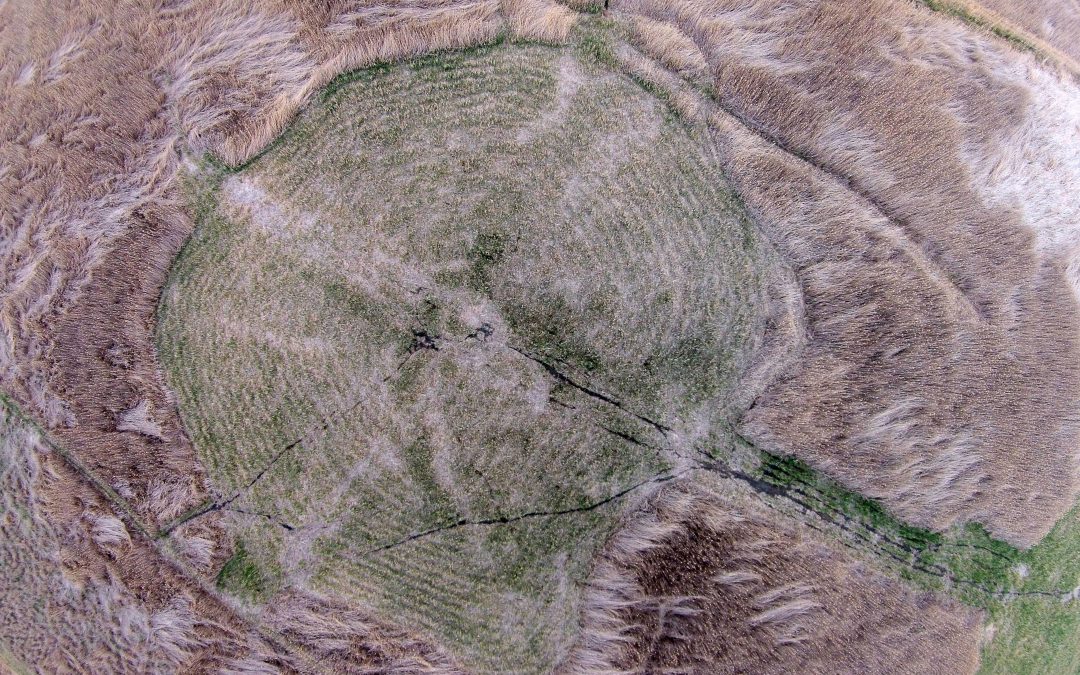
Using hungry cattle to control Phragmites in Great Salt Lake, Utah
July 27, 2016Story and photos by Becka Downard, Utah State University. SummaryThis case study takes us outside of the Great Lakes region to explore an unusual Phragmites management technique. Becka Downard is a PhD student who studies Great Salt Lake wetlands, and... Continue Reading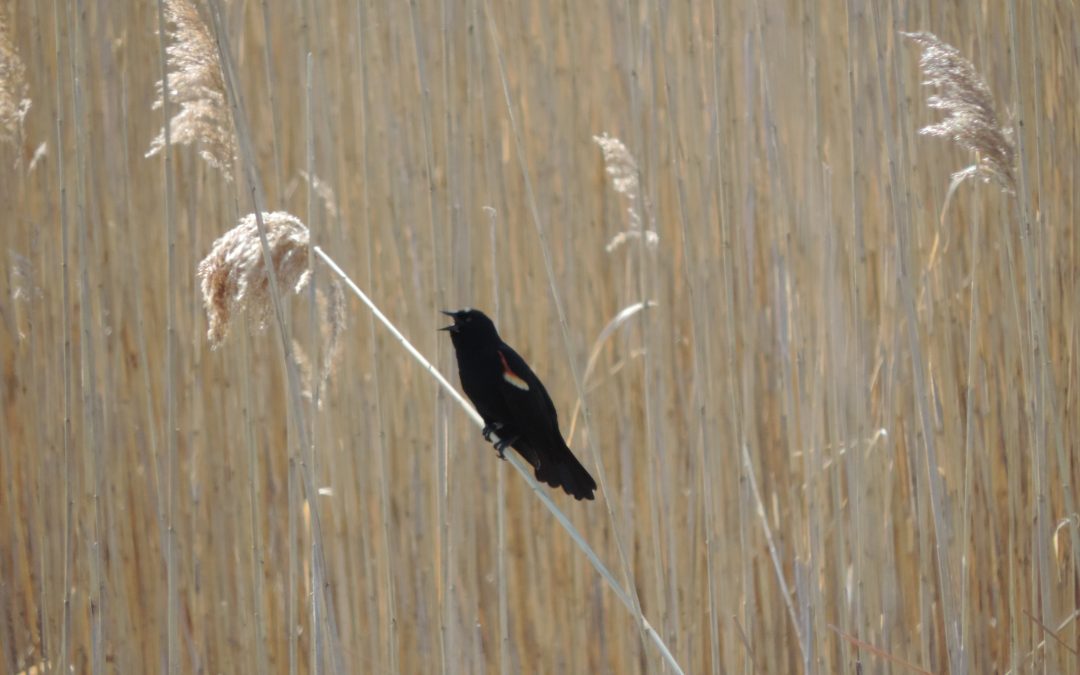
Study finds birds with specific habitat needs are excluded from Phragmites patches– bad news for Least Bittern
June 13, 2016 Courtney Robichaud and Dr. Rebecca Rooney (University of Waterloo, Ontario) Summary A 2002 study found that the number and diversity of birds was higher in wetlands invaded by Phragmites. We repeated this study 12 years later at the same location where... Continue Reading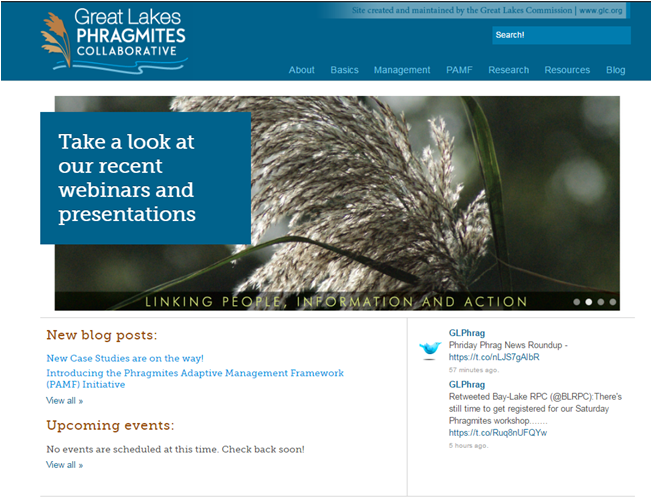
Using a Collaborative Structure to Address a Regional Challenge
May 20, 2016 Heather Braun, Katherine Hollins (Great Lakes Commission) A new paper was recently published showcasing the use of the collective impact framework to guide the Great Lakes Phragmites Collaborative (GLPC). The GLPC, established in 2012, is a regional-scale... Continue ReadingFiled under: collaborative Collective Impact GLRI partnerships Research
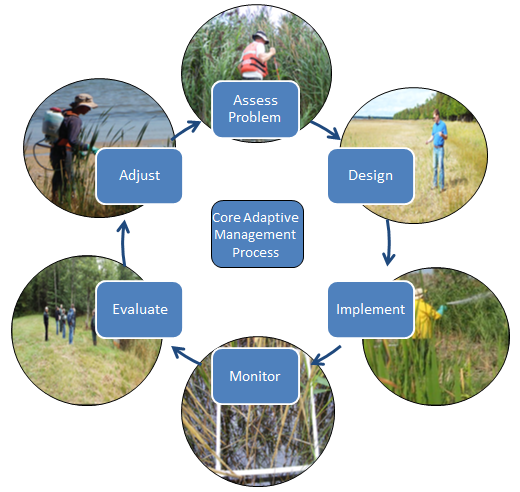
Introducing the Phragmites Adaptive Management Framework (PAMF) Initiative
February 24, 2016 Abram DaSilva and Kurt Kowalski (USGS), Danielle Haak and Clint Moore (University of Georgia) Adaptive management is a type of structured decision-making that confronts and potentially reduces management uncertainty of a particular problem (Figure... Continue ReadingFiled under: adaptive management management monitoring Research
